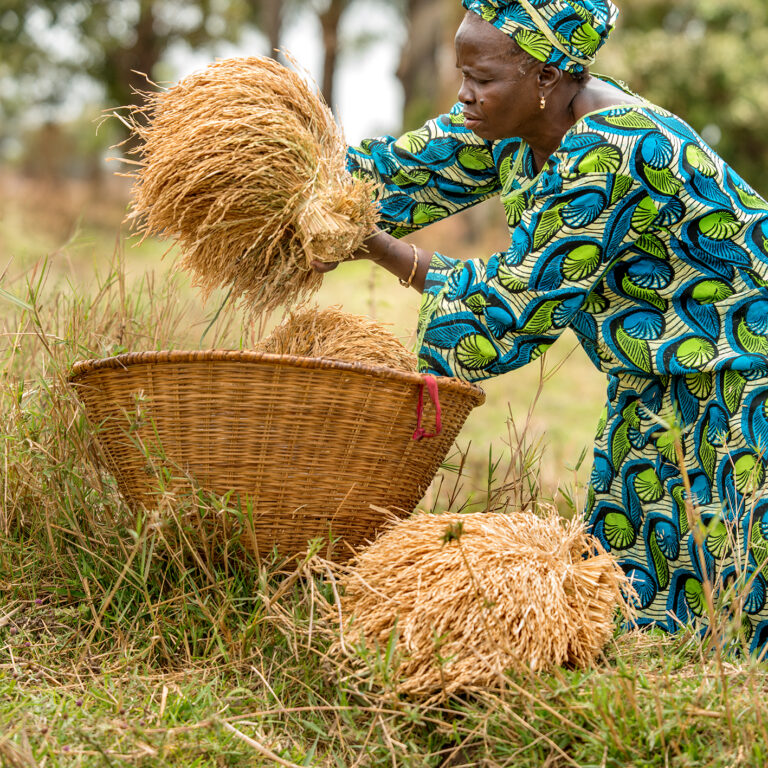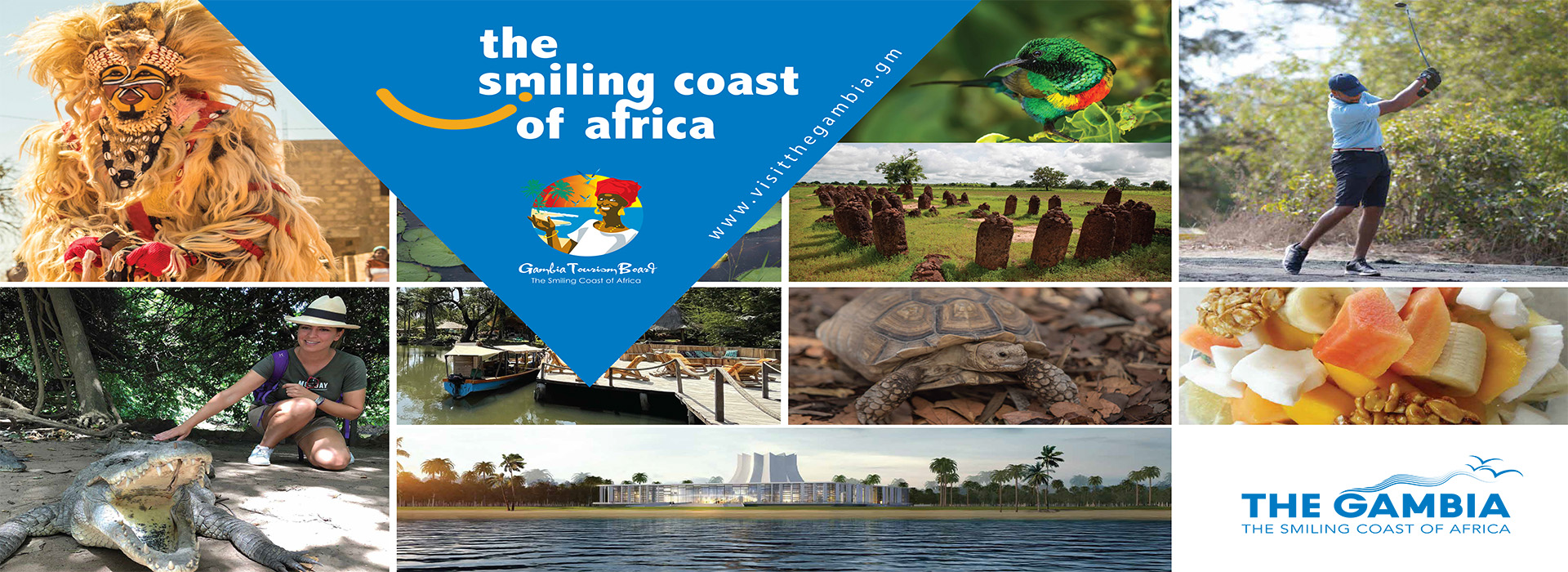THE CULTURE TELLS THE STORY OF THE PEOPLE
A classical case of the chicken and egg situation is the relationship between language and culture: does culture mirror language or does language mirror culture? Or are the two inextricable? I believe in the Gambian context, language and culture are interlinked and complimentary. Our language groups are also cultural groups. That is, each and every language group has a corollary cultural sphere. B. K Sagnia has reiterated this in his 1981 study on language issues and policy in The Gambia when he asserted ‘language remains the principal instrument for the expression of a person’s culture and allied institutions’. Therefore, a window into a person’s culture is the use of his language. Language is therefore the ‘most effective instrument for the expression of culture’. Culture can be material like artefacts, and intangible such as traditions and folklore. Language however is only intangible.
In The Gambia, there are five major language groups which are in alphabetical order: Fula, Mandinka, Jola, Serahuli, Wollof. Each of these linguistic groups has peculiar cultures which their language seeks to express in proverbs, myths, riddles, sayings etc. In other words, in The Gambia language helps to express culture. Which is why a way of introducing a Wollof proverb is ‘Wollof Njie ne’ . This shows why people can be so attached to their language because it really is one strong symbol of culture; which is why when a language dies or becomes extinct to use the technical word, a whole culture or at least parts of that culture disappears.

Language helps us to authenticate culture. No ethnic group or people can express the essence of their culture- costumes, cuisine, architecture, riddles, folklore, music- in another language different from that of their culture. When we use our languages to express aspects of our culture we are able to better make others appreciate it. Through the use of foreign language, we are ill-able to express our culture to others.
Thus there is a link also between tourism promotion and national language preservation and use because the use of our national languages can in itself be an attraction in the form of language acquisition classes for tourists. National unity and cohesion, peace and stability which are required for the tourism industry, can be sustained through the promotion and use of national languages.

Gambians are generally polyglot- most speak more languages than that of their cultural origins, which is an asset against tribalism and adds to the cultural flourish and attraction of Destination Gambia.
Language and culture in The Gambia and elsewhere therefore deserve full attention and promotion, because language helps us to promote our cultural values through adequate expression.



